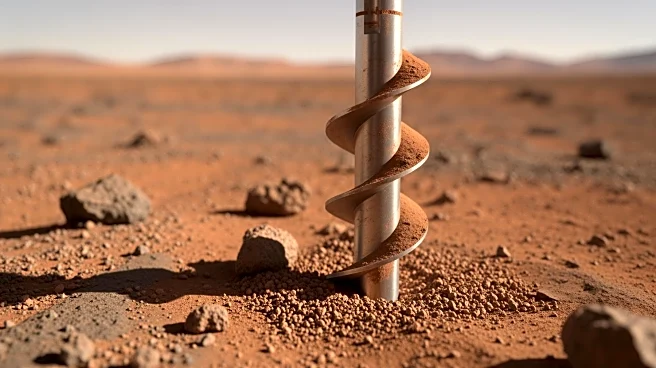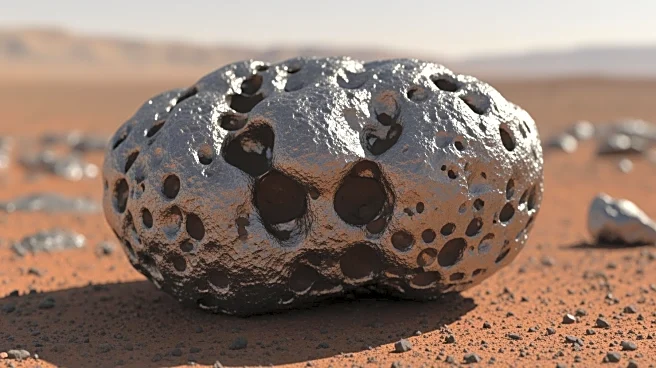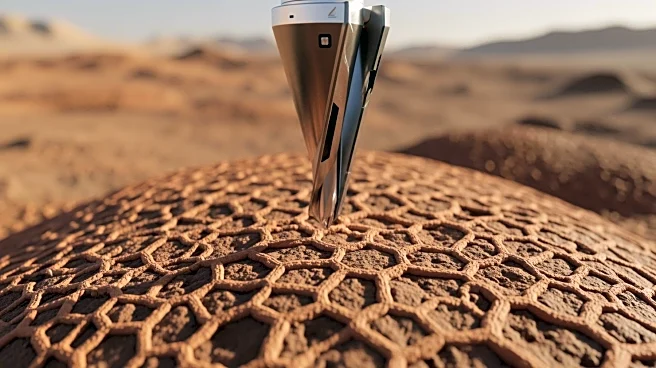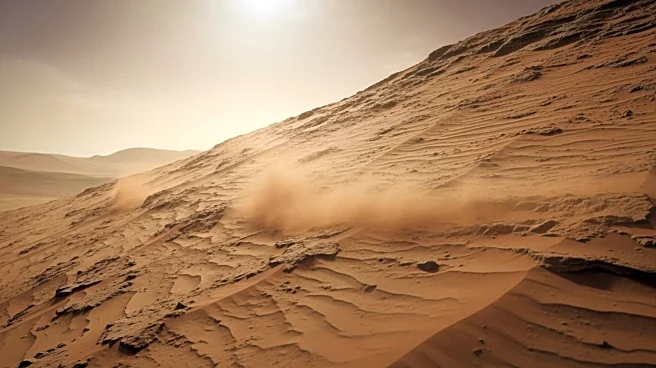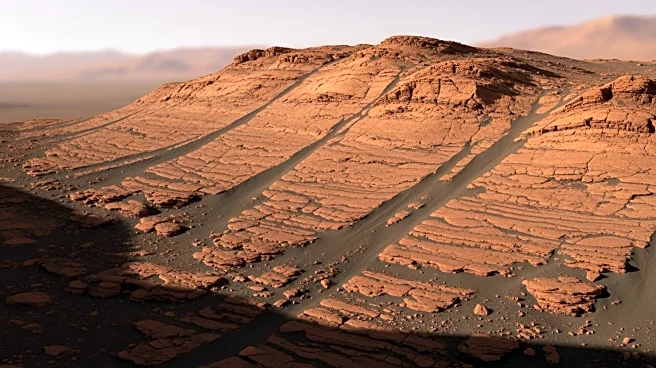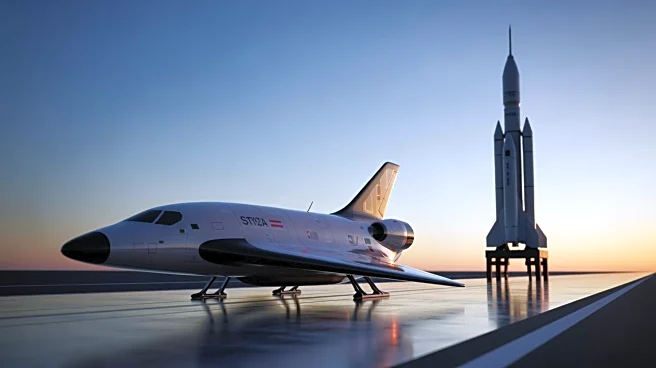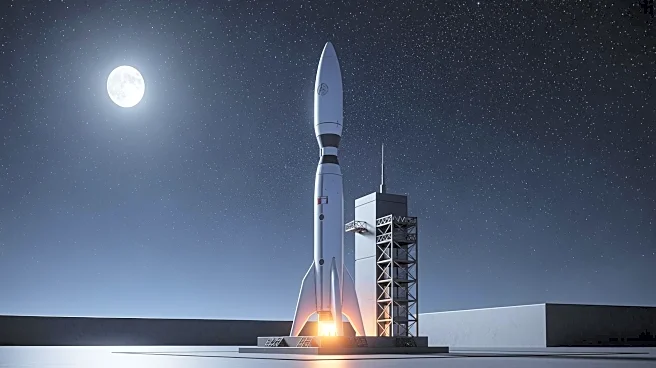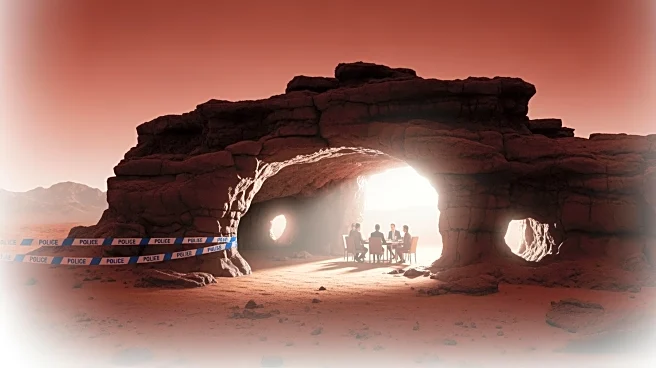What's Happening?
NASA's Curiosity rover has successfully drilled its 44th hole on Mars, marking a significant achievement in its exploration of the 'boxwork unit' at Monte Grande. This region is characterized by resistant
ridges surrounding less-resistant rock pits. The drilling occurred at the 'Valle de la Luna' target, and the rover is analyzing the drill tailings using the SAM and CheMin instruments to determine the mineralogical composition. The investigation aims to understand the formation of boxwork features, as previous analyses have shown subtle differences between ridge and hollow rocks. The rover is also conducting remote sensing and photometry studies to gather additional data.
Why It's Important?
The drilling and analysis of samples from Monte Grande are crucial for understanding Mars's geological history and the processes that shaped its surface. By examining the composition of rocks in the boxwork unit, scientists can gain insights into the environmental conditions that existed on Mars in the past. This information is vital for reconstructing the planet's climate history and assessing its potential for habitability. The findings from Curiosity's investigations contribute to the broader scientific goals of Mars exploration, including the search for signs of past life and the assessment of resources for future human missions.
What's Next?
Curiosity will continue to analyze the drilled samples with additional SAM experiments and assess the tailings. The rover team is also searching for a new drilling location on a ridge to compare results with those from the Monte Grande hollow. These efforts will enhance the understanding of the boxwork unit's formation and the differences between ridge and hollow rocks. The ongoing research will inform future exploration strategies and contribute to the preparation for human missions to Mars. As Curiosity continues its mission, it will provide valuable data to support the scientific community's efforts to unravel Mars's mysteries.
Beyond the Headlines
The study of Mars's boxwork features offers insights into the planet's erosion and sedimentation processes, which are key to understanding its geological evolution. The differences in rock composition between ridges and hollows may reveal information about past water activity and climate conditions. This research has implications for astrobiology, as understanding Mars's geological history is essential for assessing its potential to support life. The findings from Curiosity's mission contribute to the growing body of knowledge about Mars and its place in the solar system, informing future exploration and scientific inquiry.
